Cautious sentiment pervades energy markets
According to MXV, cautious sentiment prevailed in the energy market during the trading session on July 21, as investors were assessing sanctions on crude oil from Russia.
At the end of the trading session, Brent oil price continued to decrease slightly by about 0.1%, falling to 69.21 USD/barrel; while WTI oil price also recorded a decrease of about 0.21%, stopping at 67.2 USD/barrel.
On July 18, the European Union (EU) officially approved the 18th package of sanctions against Russia related to the conflict in Ukraine. The new package of sanctions focuses on tightening control over the energy sector - which is a major source of revenue for Russia. Notably, the EU has imposed a new, lower ceiling price on crude oil exported from Russia, while continuing to sharply cut imports of energy products originating from Russia.
In addition, the EU also expanded its sanctions list, adding organizations and individuals that are considered to be involved in trading, importing or transporting Russian oil. Among them, the Nayara refinery in India was added to the list for the first time due to transactions related to Russian oil.
The measures are aimed at disrupting Russia’s energy exports and the financial resources it generates from them. However, as with the secondary tariffs that US President Donald Trump has previously warned about, many in the market are skeptical about their effectiveness.
In addition, pressure on oil prices continued to increase as many OPEC+ countries, especially Saudi Arabia – the world’s largest oil exporter – simultaneously recorded a sharp increase in supply. According to the latest report of the Organization of the Petroleum Exporting Countries Data Initiative (JODI), Saudi Arabia’s crude oil exports in May increased to 6.19 million barrels per day, reaching a three-month high. At the same time, production and oil supplies to domestic refineries also increased compared to the previous month.
In Central Asia, Kazakhstan reported a 4% year-on-year increase in oil supplies via the Atyrau–Samara pipeline in the first six months of 2025. The pipeline serves as a transit point for oil from Kazakhstan to Russian export ports, and also connects to the Druzhba pipeline, the main artery for crude oil to Europe.
Meanwhile, Iraq – OPEC’s second-largest oil producer – has just reached an important agreement with the semi-autonomous Kurdish region to maintain stable oil supplies from the region, despite recent disruptions caused by drone attacks.
Currently, information just released by the General Administration of Customs of China has contributed to temporarily curbing the decline in oil prices on the international market. Specifically, China's total oil imports in June reached about 1.4 million tons, equivalent to 295,700 barrels/day. Although this figure decreased by 6% compared to the same period last year, it increased by 7% compared to May, reflecting a certain recovery signal from the purchasing demand of the world's largest energy consuming country.
In another development, natural gas prices on the NYMEX fell 6.73% to just $3.33/MMBtu – the lowest level in the past week. This development mainly came from the weakening demand situation as US power plants are expected to reduce natural gas use due to cooler weather in the West and the appearance of a major storm in the Midwest and Northeast of the US.
Platinum prices rebound strongly
On the other hand, the first trading session of the week witnessed overwhelming buying power across all 10 commodities in the metal group. In particular, platinum prices reversed and increased by 2.68% to 1,495.7 USD/ounce, continuing to anchor at the highest price level in the past 11 years. According to MXV, the weakening USD and the market continuously receiving positive signals about consumption prospects were the main reasons supporting platinum prices in yesterday's session.
Yesterday, the USD index continued to weaken for the second consecutive session, falling 0.62% to 97.85 points. In addition, platinum prices continued to maintain high levels thanks to a solid balance of supply and demand. While total supply decreased significantly, global platinum jewelry demand in the first quarter increased by 2% compared to the fourth quarter of 2024 and increased by 9% compared to the same period last year, reaching 533,000 ounces, mainly due to increased demand in China - currently the largest platinum jewelry consumer market in the world, accounting for about 20% of total world demand in this segment.
Source: https://baochinhphu.vn/thi-truong-hang-hoa-dau-tuan-tram-lang-chi-so-mxv-index-giam-nhe-102250722084851926.htm


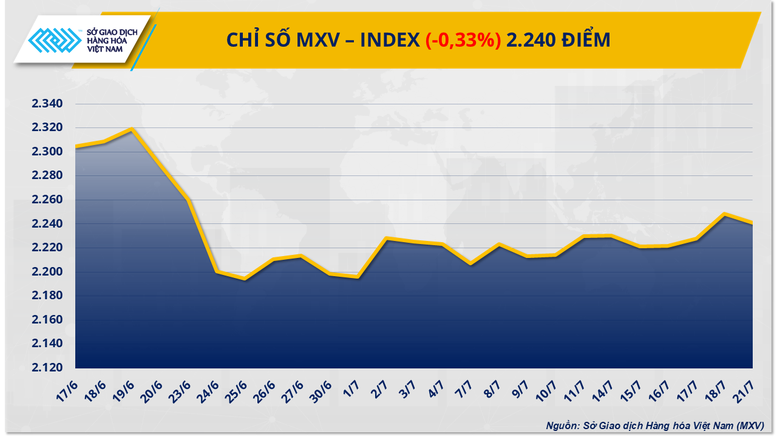
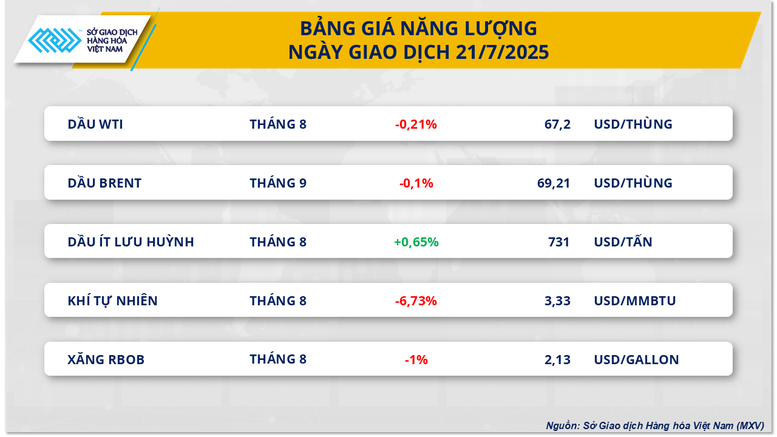
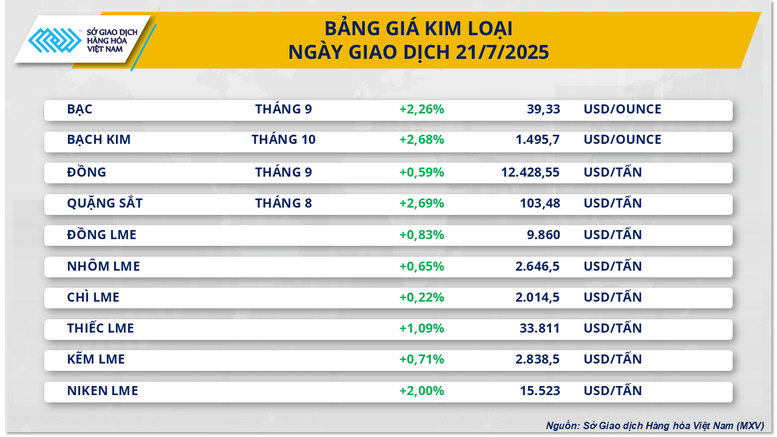






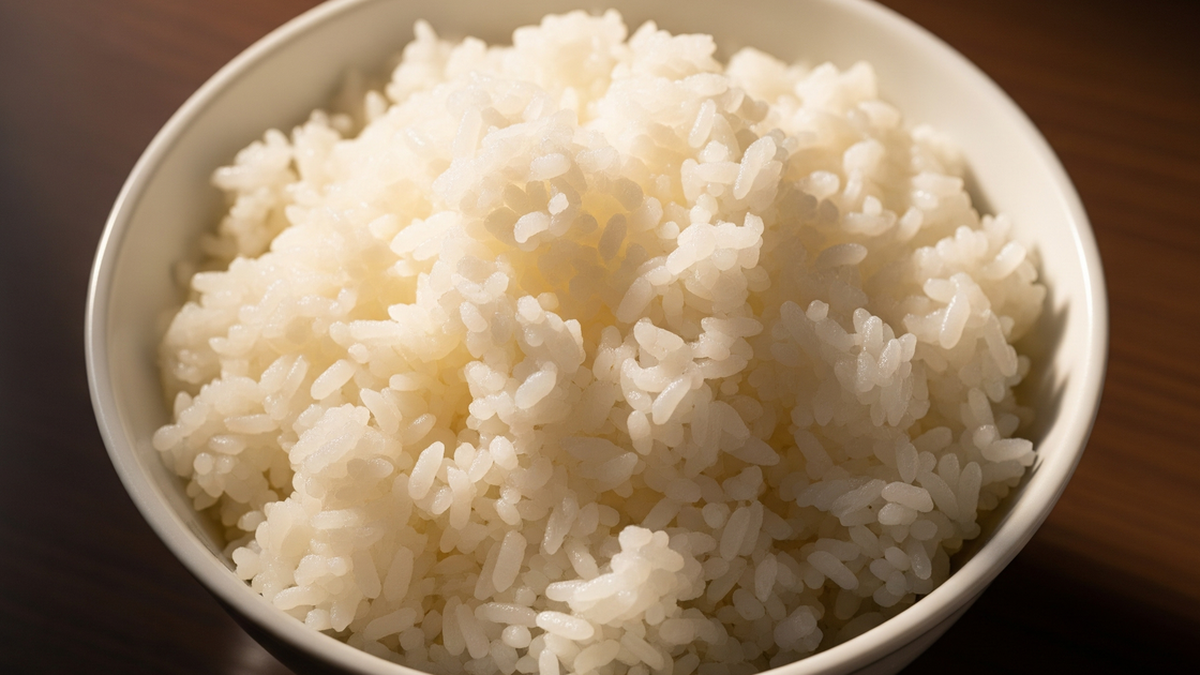


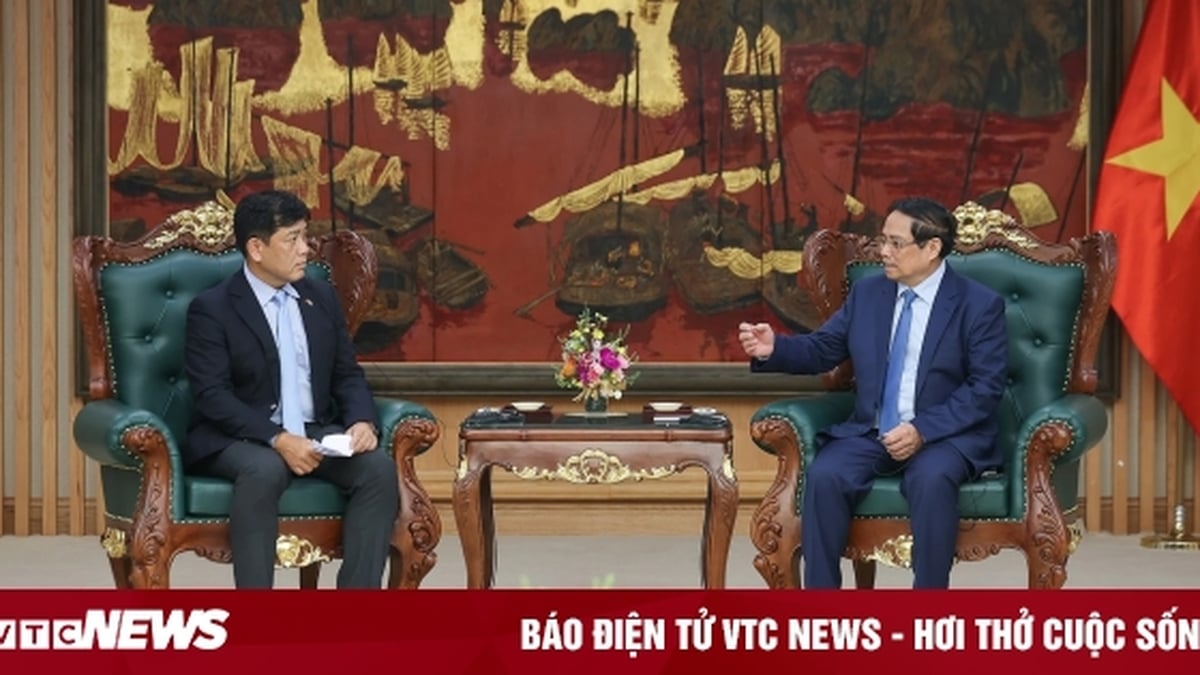


















































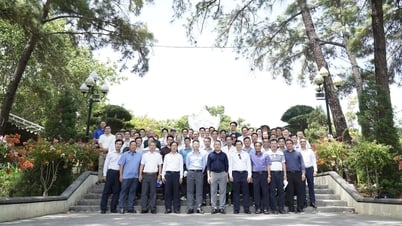

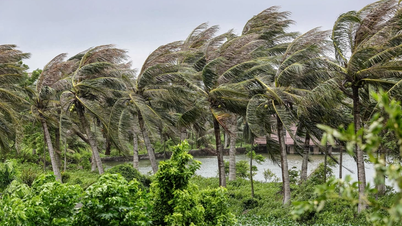






































Comment (0)